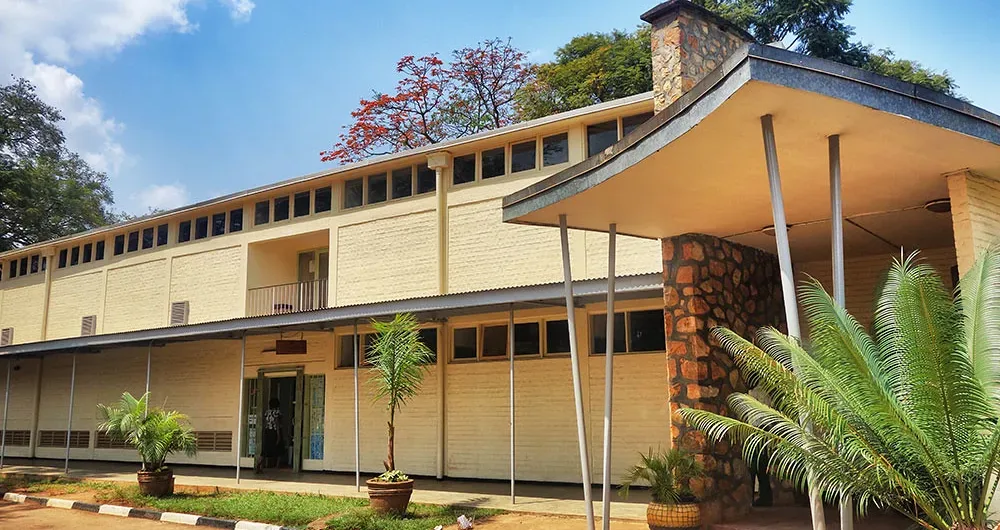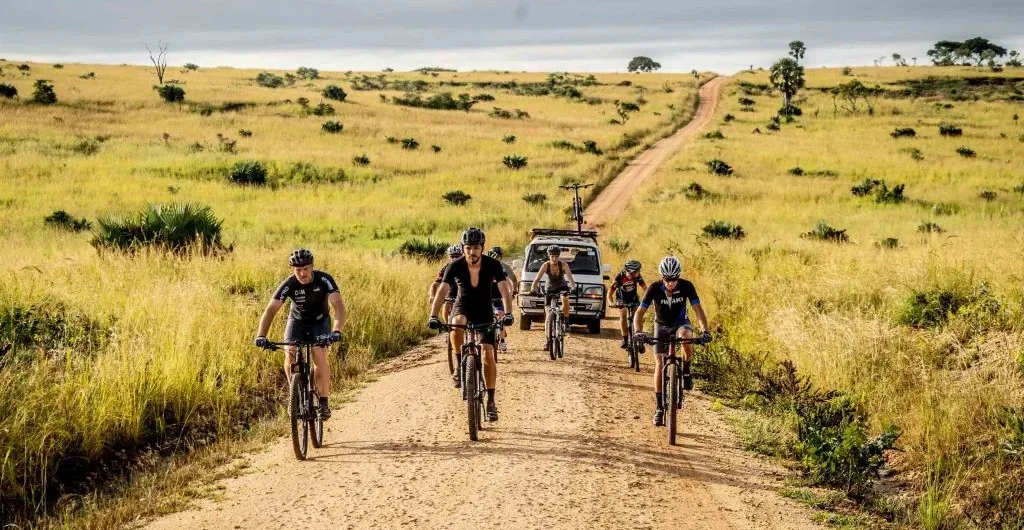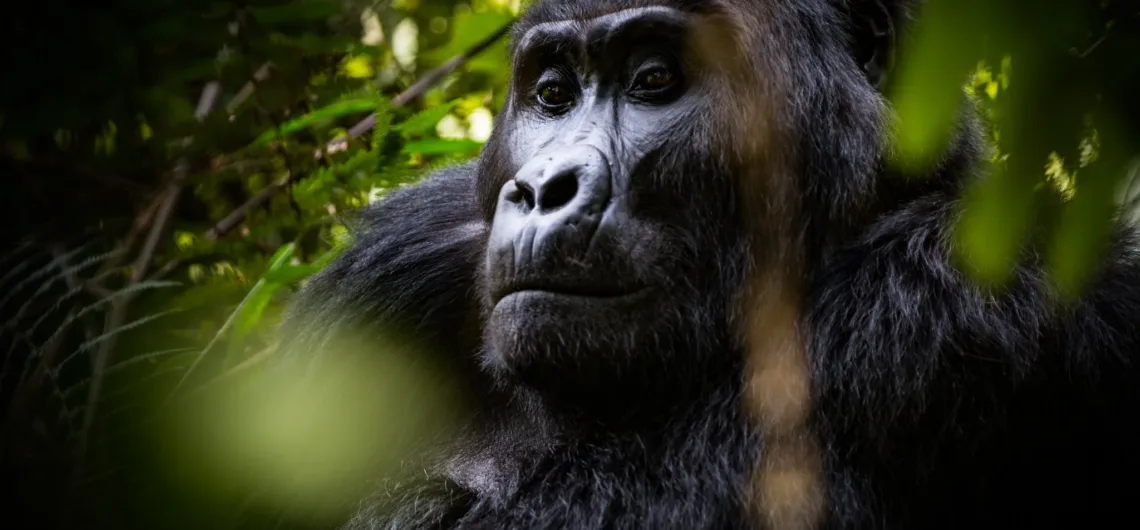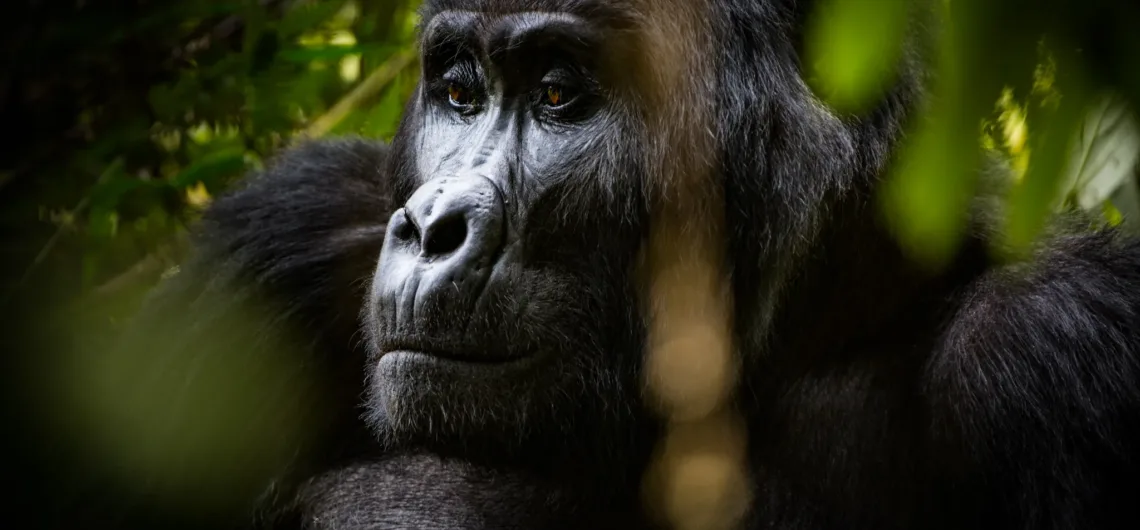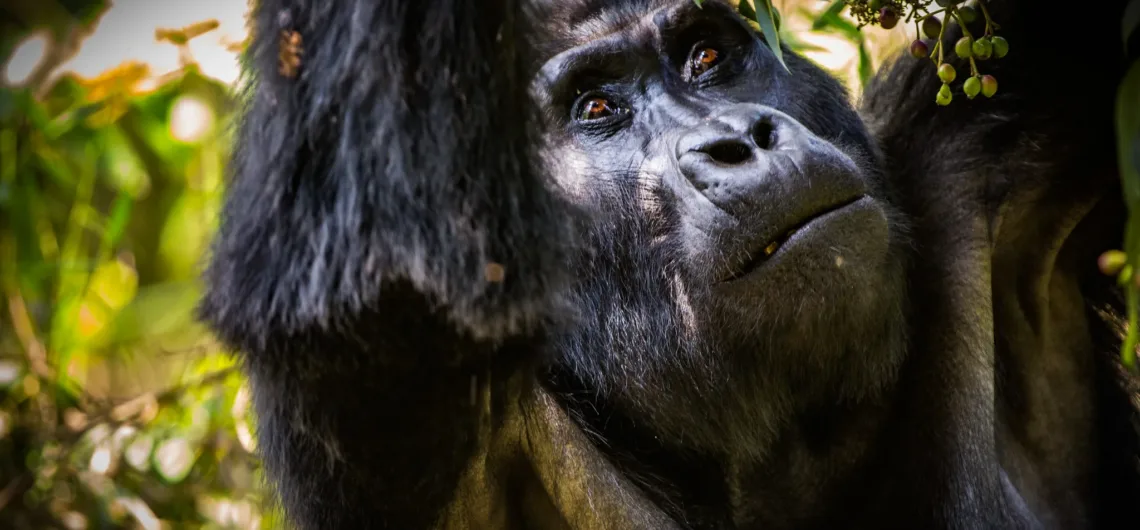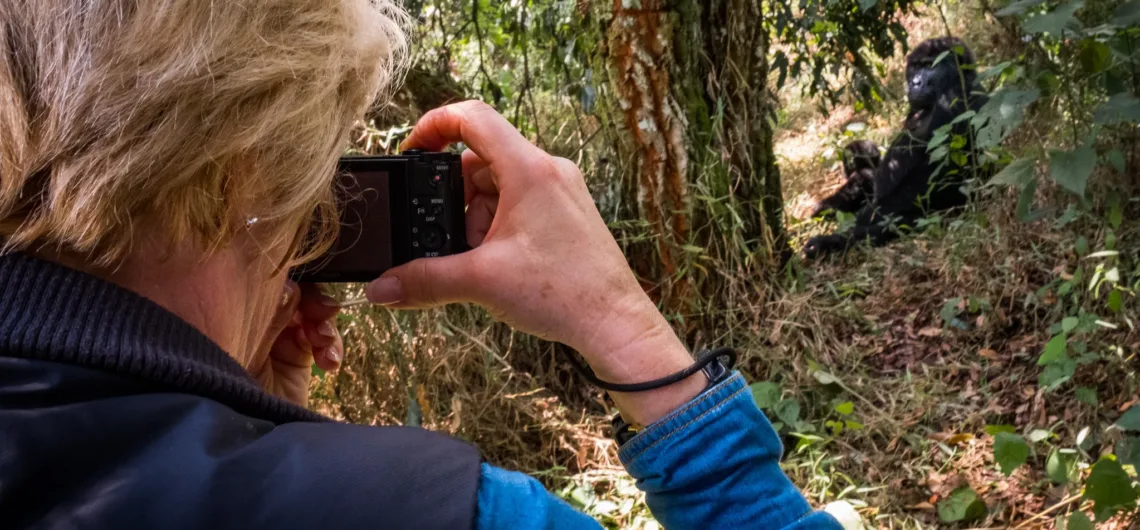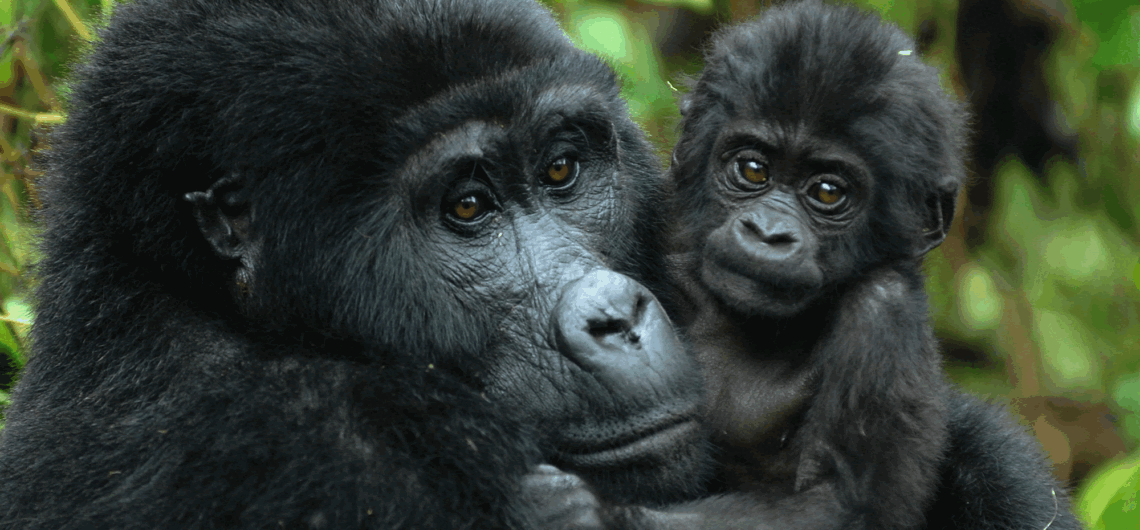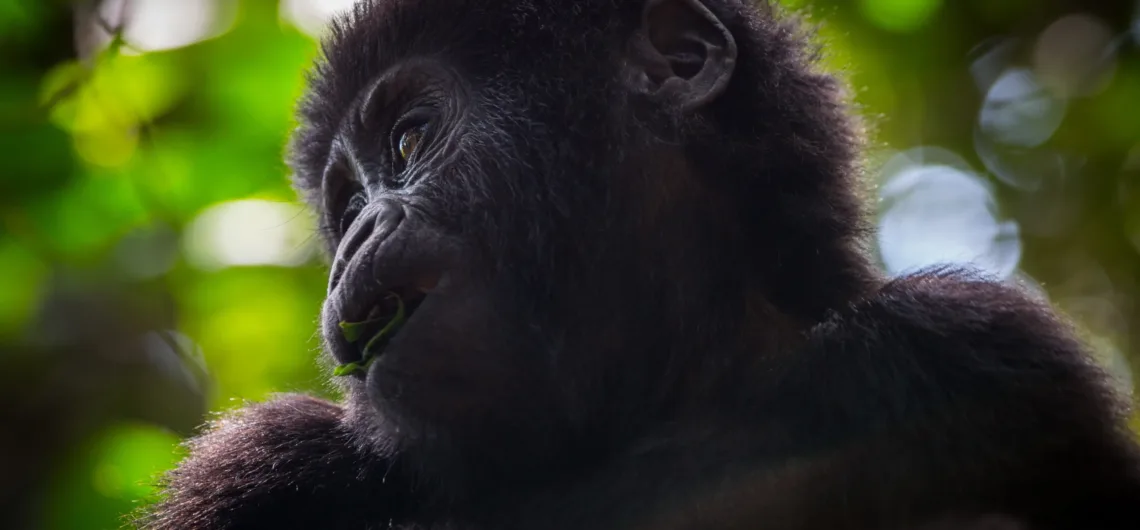Exploring Uganda Museum: A Journey Through History and Culture that shaped Uganda – Kampala walking safaris and tours
The Uganda Museum is a fascinating destination for anyone interested in exploring the rich cultural and historical heritage of Uganda. Located in the heart of Kampala, this museum offers an insightful look into the diverse traditions and historical milestones that have shaped this vibrant nation.
A Glimpse into Uganda’s Heritage
Founded in 1908, the Uganda Museum is the oldest in East Africa. It serves as a repository for the country’s extensive collection of artifacts, including archaeological finds, ethnographic items, and historical relics. Visitors to the museum are greeted with an array of exhibits that span Uganda’s diverse ethnic groups and historical periods.
Exhibits and Collections
One of the main attractions of the Uganda Museum is its extensive collection of traditional musical instruments. The museum features drums, xylophones, and other instruments that are integral to Ugandan cultural ceremonies and celebrations. Each piece provides a window into the musical traditions of various Ugandan communities.
Another highlight of the museum is its display of traditional attire and crafts. Visitors can admire intricately woven baskets, colorful beads, and elaborate garments that showcase the skill and artistry of Uganda’s craftspersons. These artifacts not only represent the aesthetic values of different cultures but also their social and economic aspects.
The museum also houses a collection of historical artifacts, including tools, weapons, and items used in everyday life by Uganda’s ancestors. These objects offer a glimpse into the daily lives of early Ugandans and provide context for the development of modern Ugandan society.
Educational Programs and Activities
The Uganda Museum is not just a place to view historical items; it is also an educational hub. The museum offers various programs and workshops designed for students and researchers. These educational activities aim to deepen understanding of Uganda’s history and culture through hands-on experiences and interactive learning.
For schools and educational groups, the museum provides tailored tours that highlight specific aspects of Ugandan heritage. These tours are designed to engage students and inspire them to learn more about their country’s rich cultural tapestry.
Visiting Information
The Uganda Museum is conveniently located in Kampala, making it accessible to both local and international visitors. The museum is open to the public daily, with extended hours on weekends to accommodate more visitors. Admission fees are modest, and there are often special events and exhibitions that offer unique experiences.
For those planning a visit, it is recommended to allocate a few hours to fully explore the exhibits and participate in any available educational activities. Guided tours are available for a more in-depth understanding of the museum’s collections and their significance.
Why Visit the Uganda Museum?
A visit to the Uganda Museum is an enriching experience that offers more than just a stroll through historical displays. It is an opportunity to connect with the essence of Ugandan culture and history. Whether you are a history buff, a cultural enthusiast, or simply curious about Uganda’s heritage, the museum provides a comprehensive overview of what makes this country unique.
In summary, the Uganda Museum is a must-visit destination for anyone looking to gain a deeper appreciation of Uganda’s cultural and historical heritage. Its extensive collections and educational programs make it a valuable resource for both locals and tourists alike. So, next time you find yourself in Kampala, make sure to visit the Uganda Museum and embark on a journey through the captivating history and culture of Uganda.

